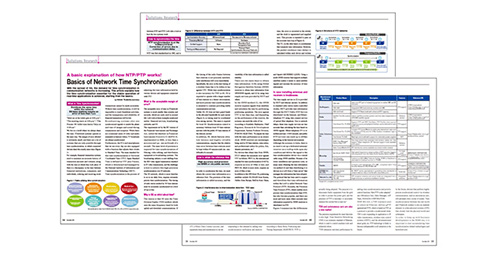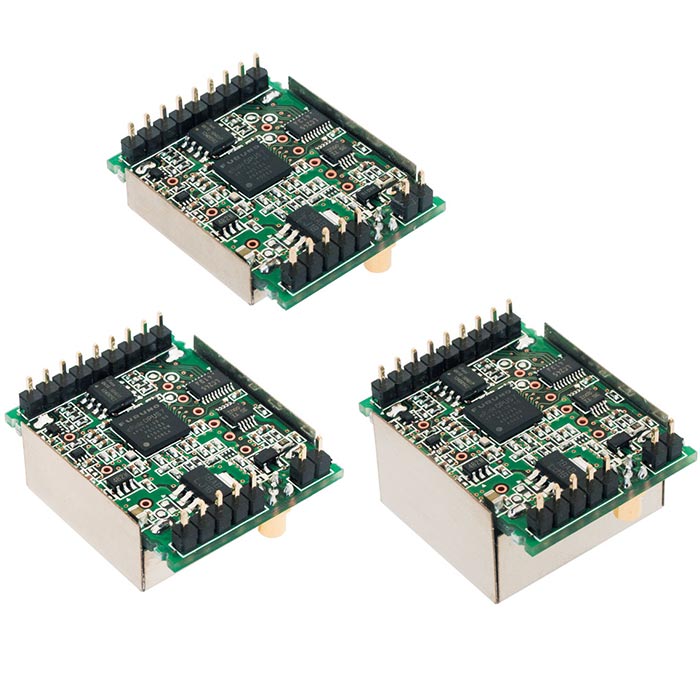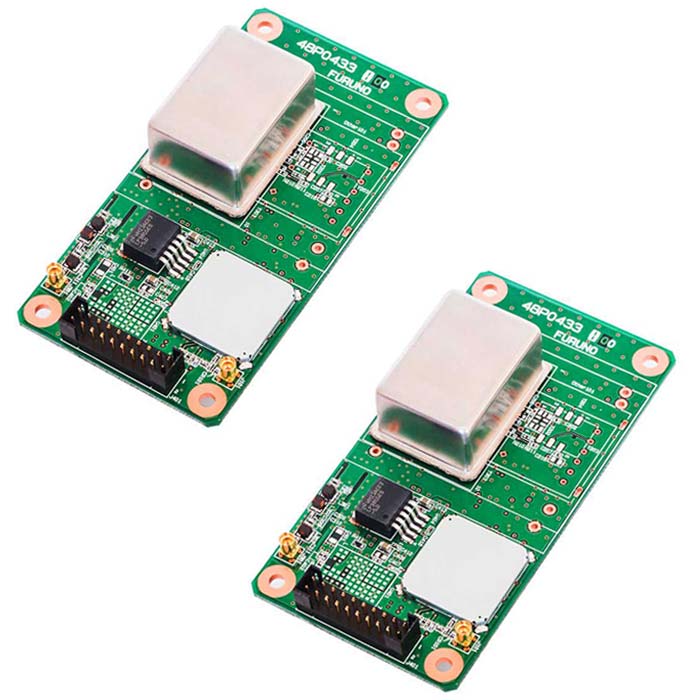Technology
Anti-jamming performance of FURUNO Multi-GNSS timing receivers
FURUNO Multi-GNSS timing receivers have excellent anti-jamming performance while combining the following two functions.
- It is possible to simultaneously use GNSS signals of different frequency bands
For example, even if reception is interrupted due to the influence of jamming (hereinafter referred to as noise) in the band of the GPS signal, GLONASS signal in another band can be received, that is why reception can be kept. - FURUNO has a proprietary anti-jamming function to reduce noise both inside and outside of the equipment
When the GNSS timing receiver is affected by noise, it leads to deterioration in accuracy and output failure of the time information and the time pulse(1PPS: Pulse Per Sec).
Anti-jamming performance is very important in systems requiring time and timing synchronization, such as the time synchronization between networks and time stamping of servers, social infrastructure applications such as mobile base stations and smart grids which is needed a high stability.
Check the following advanced anti-jamming technology of FURUNO solution.
How to test
The testing setup is described as below. GNSS signal with noise goes into timing receivers and they output 1PPS respectively.
The accuracy of 1PPS output signals are measured for evaluation. One is FURUNO Multi-GNSS timing receiver GT-87 and the other one is a conventional GPS timing receiver, which is without anti-jamming function. This will show the benefit of adding FURUNO anti-jamming function.
Noise is FM wave modulation so that it has a bandwidth. Power level of the noise has been gradually increased from the initial setting of -95dBm while measuring these accuracy.

Evaluation configuration diagram
Test results
Test results are shown as below. Conventional GPS timing receiver started showing its decreased accuracy at -80dBm. and it was stopped after -76dBm, which was caused by the loss of GPS signals. In the meantime, FURUNO Multi-GNSS timing receiver GT-87 kept outputting highly accurate 1PPS instead.
This test shows that FURUNO Multi-GNSS timing receiver can stay stable enough to output 1PPS even under harsh environments. Noise contained in the GNSS signal was successfully detected and reduced to keep receiver's performance in good condition. This test was conducted in GPS's bandwidth, but anti-jamming function is also effective in GLONASS's bandwidth.

Measurement result of 1 PPS accuracy
Countermeasure for GNSS receiver failure
We provide technical white papers for each of the typical failures caused by GNSS receiver. For each failures, our experts in time synchronization explain details about countermeasures on receiver side, using diagrams to show the effectiveness, and how to select products. If you are considering a GNSS receiver for the first time, please take a look.
- Multipath in Urban area
White Paper: Industry-leading multipath mitigation in urban canyon environments - Jamming (interference wave)
White Paper: Measures against GNSS jamming (jamming wave) - Spoofing
White Paper: Measures against GNSS spoofing signals - Interruption of GNSS signal (holdover)
White Paper: "Holdover function" as measures against GNSS reception interruptions

Telecommunication article
A basic explanation of how NTP/PTP works! Basics of Network Time Synchronization
A special download of the feature article "Basics of Network Time Synchronization," which published in the December 2021 issue of Telecommunication, is available.
The magazine covered multiple companies, resulting in a comprehensive article that is not biased toward any one company.
You can view the PDF as it looks in the magazine.
- What is Time Synchronization?
- How to obtain the reference time
- How to synchronize the time
- Key points when selecting solutions
- Time synchronization market outlook

Related Products
-
NEW

Timing Multi-GNSS Receiver Module Model GT-100
Achieves the world's highest robustness and stability by receiving dual band(L1/L5)
-
NEW

Timing Multi-GNSS Receiver Module Model GT-90/GT-9001
Achieves the world's highest stability, less than 4.5 ns (1σ), under open-sky conditions, with a L1 single band receiver
-

Multi-GNSS Disciplined Oscillator Model GF-8801/02/03
Ultra-small size form factor featuring atomic clock level frequency stability with 24h holdover.
-

Multi-GNSS Disciplined Oscillator Model GF-8804/05
Atomic clock class stability GNSSDO
24-hour holdover performance comparable to Rubidium
List of Technologies
-
What is GPS?


-
Multi-GNSS (Multi-frequency GNSS)


-
Supporting Android™

-
Dead Reckoning(DR)

-
Advanced Multipath Mitigation


-
Active Anti-Jamming


-
Anti-jamming performance of FURUNO Multi-GNSS timing receivers

-
Positioning at 10Hz update rate

-
Self-ephemeris™

-
AGNSS (Assisted GNSS)


-
High sensitivity GPS


-
FURUNO GPS/Multi-GNSS Disciplined Oscillator (GPSDO/GNSSDO)

-
GPS/GNSS GlossaryNEW

-
Strengthening Critical Global Infrastructure: Ushering in an Era of Dual Band GNSS Signal Reception for Time SynchronizationNEW

-
Introduction to GV series products(Flash film contents)

-
What is Frequency generator?(Flash film contents)

